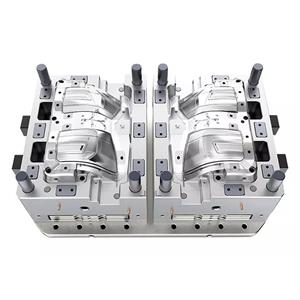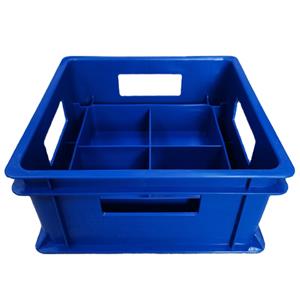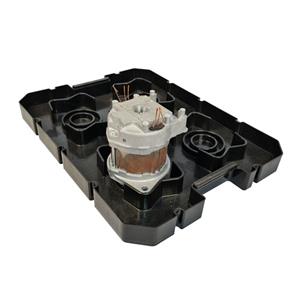Global Injection Molded Plastics Market Size to Reach USD 429.84 Billion in 2032
The rising usage of lightweight materials to lower vehicle weight and improve fuel economy is another driver driving market revenue growth. Interior trim, dashboards, and door panels are just a few examples of injection molded plastic car components. In addition, the demand for injection molded plastics in the automotive sector is predicted to rise in response to the growing popularity of electric vehicles (EVs).
Injection molded plastics are another important component of the packaging industry since they may supply both high-quality and low-cost packaging solutions. Injection molded plastics are widely used to make packaging components such as containers, caps, and closures. Consumer desire for portable and handy packaging choices is driving up demand for injection molded plastics in the packaging sector.
Injection molded plastics are experiencing high demand in the construction sector due to their strength, lightweight nature, and resistance to weather and chemicals. Various construction products such as pipes, fittings, and insulation are manufactured using plastic injection molding techniques.
In addition, the electronics industry extensively utilizes injection molded plastics for their ability to produce precise and accurate electronic components. Electronic components like housings, connectors, and switches are commonly produced using plastic injection molding. With the increasing demand for electronic goods and devices, the demand for injection molded plastics in the electronics industry is expected to continue to grow.
The growing need for environmentally friendly and sustainable materials is driving manufacturers to develop injection molded plastics using green technologies. Moreover, the demand for recyclable and biodegradable injection-molded plastics is expected to contribute to the revenue growth of the market.
The Plastics Industry Association claims that a variety of industries, including automotive, healthcare, packaging, electronics, and construction, employ injection molded plastics.
Injection molded plastics make up more than half of all thermoplastic exports in North America, and demand from end users including consumer goods and medical device makers has been on the rise since 2000.
The Environmental Protection Agency (EPA) of the United States has created laws limiting the use of injected plastics in a number of applications such as packaging, medical equipment, and toys.
The European Union's Packaging and Packaging Waste Directive establishes minimum recyclability and reusability criteria for injection molded items used in packaging applications.




